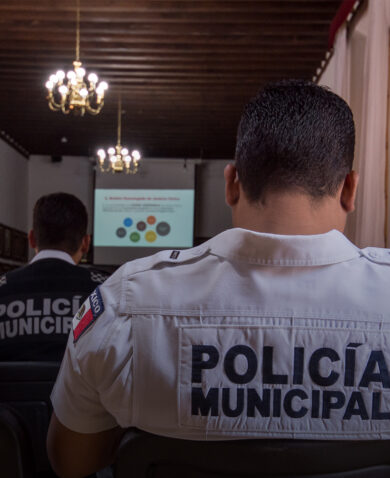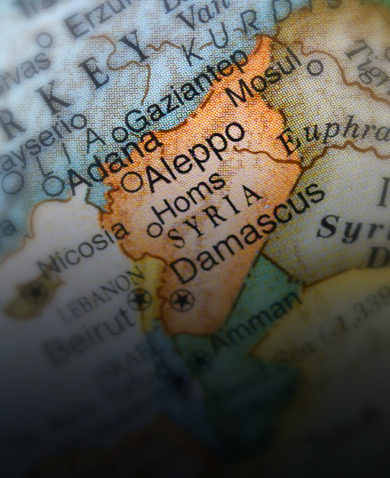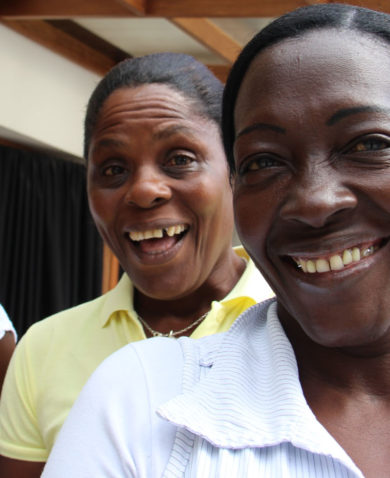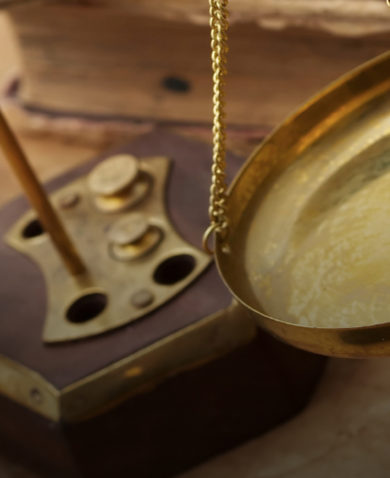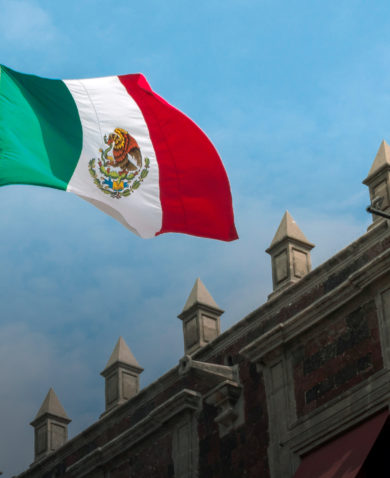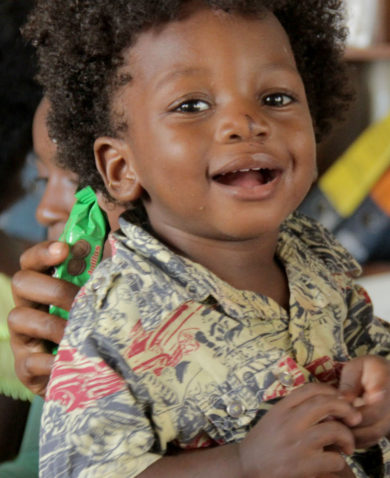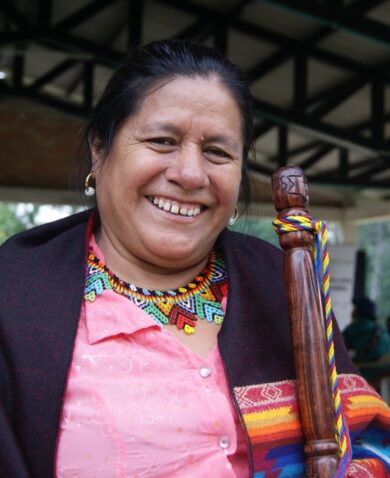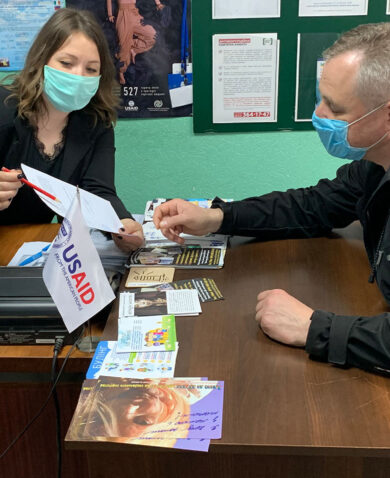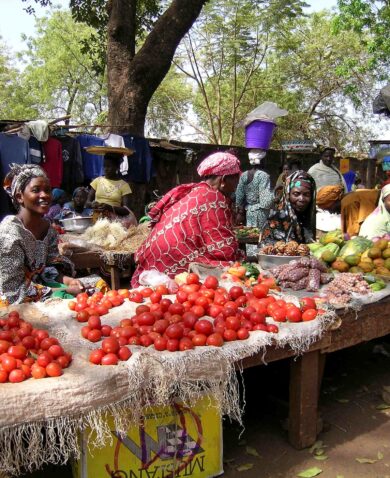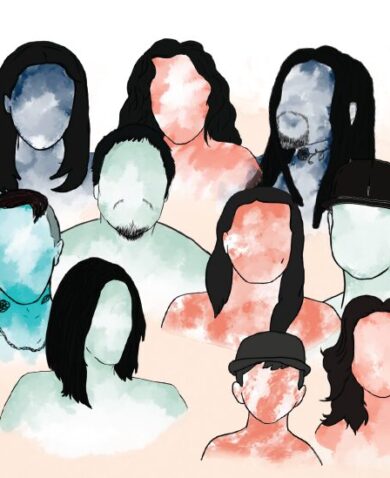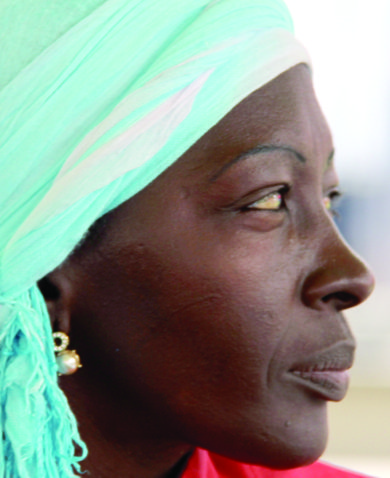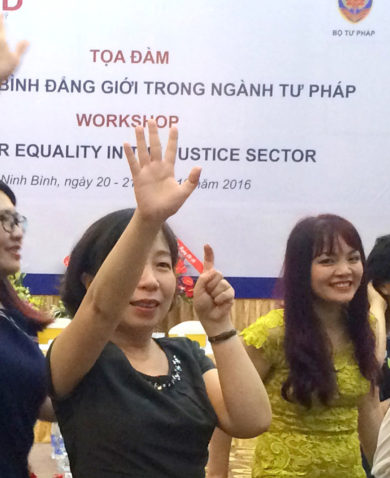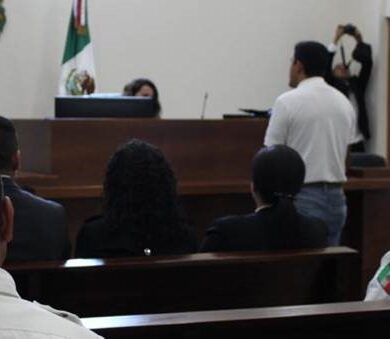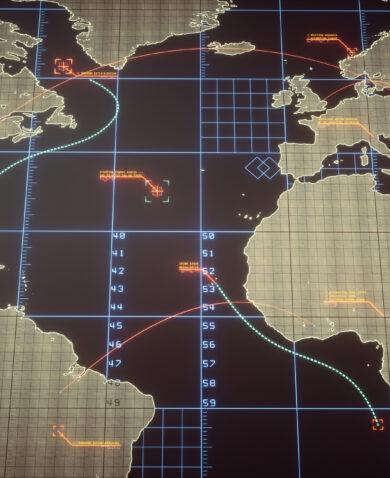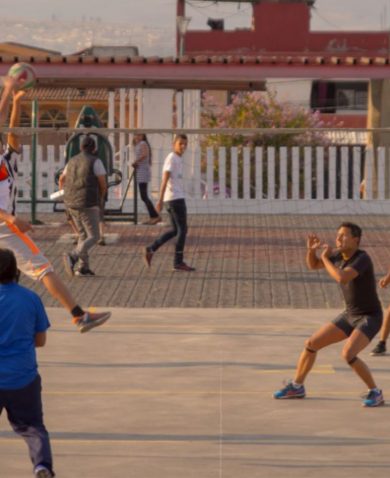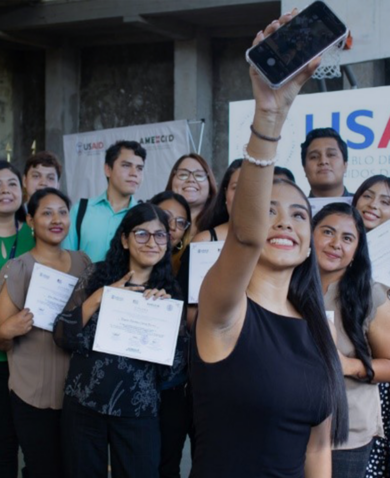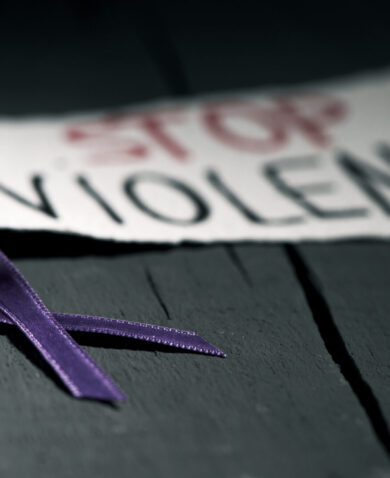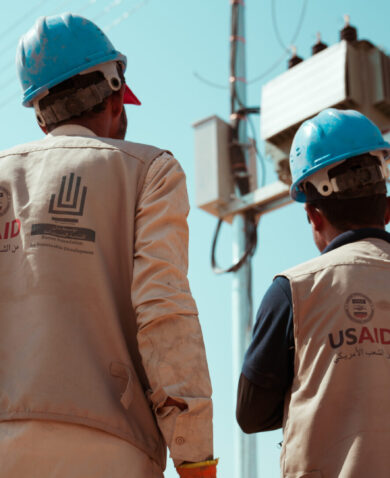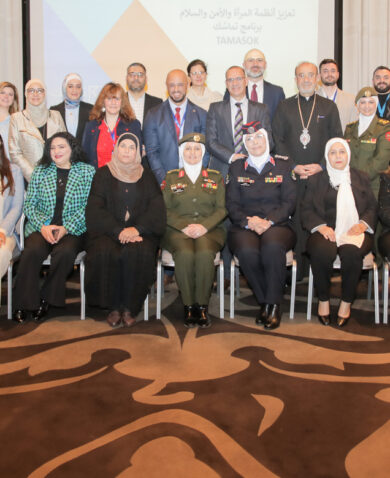
Predicting Human Rights Violations Before They Happen
May 6, 2016 | 3 Minute ReadA new threat analysis framework is helping authorities anticipate where violence is likely to occur.
In 2000, Colombia was besieged by what had been one of the most violent decades in the history of its armed internal conflict. The rise and consolidation of paramilitary groups throughout the country that had begun as a self-protection movement against the guerrillas were out of control, and Colombia saw some of the worst human rights violations with millions of internally displaced persons and almost 2,000 massacres between 1980 and 2012 that left 11,700 people dead.
In response to public outcry in the regions that many of these violations could have been prevented, and the emergence of trends leading to massacres and massive displacements (such as the appearance of armed men in uniform, pamphlets with threats against community leaders, and selective homicides), the Ombudsman’s Office sought help from the U.S. government to create an early warning system that could respond to this humanitarian emergency by equipping the government with tools to raise alerts of impending human rights violations.
For 12 years, USAID supported the development of the early warning system to its current state of over 50 permanent staff that continuously monitor the country. In 2012, Chemonics began working with USAID to ensure the safety of human rights defenders and communities across Colombia, in part by improving the early warning system. What we found was that despite the system being consolidated, it relied heavily on communities. We also saw an opportunity to better educate local authorities about how to collect and interpret data that would allow them to track and prevent human rights violations, even in regions where the incidence of these crimes was historically high.
As a response, we developed a threat analysis framework through which authorities are able to identify variables contributing to degrading circumstances and human rights violations. This model will allow for systematic data collection and the interpretation of risk and security by pairing community-based cartography with existing databases using four main variables:
- Territorial dynamics. The territorial dynamics variable aims to understand the use of the territory and its resources and to pinpoint areas with the highest degree of violence.
- Dynamics of violence. This variable describes armed groups, including their objectives, capacity to control the population, areas under their control, the type of violence they use.
- Institutional capacity. Institutional capacity refers to the types of institutions in a territory, their coordination and response capacity, political motivations of elected officials to stop or allow violence, and resources to prevent violations and protect victims or at-risk populations.
- Populations at risk. This variable examines which populations are present, their degree of vulnerability to violence, and their organizational and representational capacity, as well as specific threats that they have received or situations and conditions that place them at a higher risk compared to the overall population (for example, identifying a public soccer field where children are being forcibly recruited).
The risk and security information management methodology walks public officials through the process of understanding the implications of conflict in human security and the risks related to human rights, understanding the underlying factors through four main variables, making those variables even more concrete through the use of indicators and superimposing geo-referenced maps with social mapping. All of these risk-mapping tools flag for authorities the areas at imminent risk and where human rights violations are most likely to occur while identifying specific at-risk populations, such as journalists, women, ethnic communities, LGBTI, and youth.
This methodology allows for a more complete picture of the risks involved to different populations in a given territory and local officials are also better able to plan and mobilize resources to contain the sources of threats and human rights abuses within their territory. By emphasizing the importance of including the communities as an analytical variable, it also promotes dialogue between them and local authorities. It also empowers communities by giving them a chance to analyze their own threats and vulnerabilities, by giving them a voice and by encouraging them to make a shift from being a passive subject to an active stakeholder that is better equipped to take action in reducing those vulnerabilities and thus contributing to its own protection.
This shift in the way that prevention is understood from a national responsibility to an emphasis on local capacities will be key in the upcoming years in Colombia. It is expected that better understanding at the local level will elicit better informed and more immediate response to the new challenges that may arise from a potential peace agreement with the FARC and possibly the ELN. Although the agreement would eliminate the internal conflict, challenges remain to find flexible and adaptable tools to these new scenarios capable of protecting communities from new and rising threats so that the country is finally able to reap the seeds of peace.


